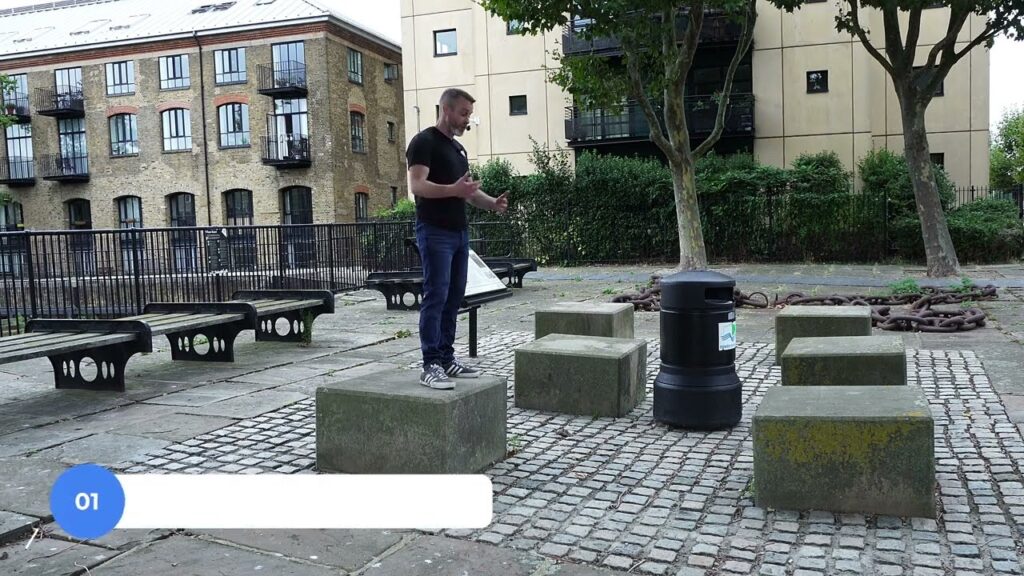When working to improve your jumping technique, monitoring your progress is essential, and one effective way to do this is by filming yourself. Utilizing a smartphone with a slow-motion feature or a camera like a GoPro enables you to capture your movements clearly. Watching your jumps allows you to compare your form to that of professionals, particularly those seen online. This practice not only provides visual feedback but also allows you to analyze your technique and identify areas for improvement, fostering your growth as a jumper.
Another key indicator of progress in jumping is the sound you make upon landing. Beginners often create a loud, slappy noise when they land, indicating that their form may need refinement. As you develop your skills, aim for a quieter landing. This quieter impact signifies that you are landing with control, prepared for the impact, and maintaining tension throughout your body. It takes practice to achieve this level of finesse, but paying attention to how softly you can land is crucial for mastering your technique.
In summary, filming your jumps and noticing the sound of your landings are two effective methods for gauging your progress. By using video to analyze your technique and focusing on landing quietly, you can significantly enhance your jumping skills. Embrace these tools as part of your training routine, and you’ll be well on your way to jumping more proficiently and with greater confidence.
- Film your jumps to compare your technique with that of professionals and track improvements.
- Pay attention to the sound of your landings; a quieter landing indicates better control.
- Practicing tension and timing during jumps helps reduce noise and refine technique.
0.64so a good way of gauging progress is3.919filming yourself it's a good thing to do7.52especially if you have a phone that you9.32have slow motion or like a GoPro or12.96something filming how you move allows16.8you to compare against U other people19.72and especially on YouTube and especially22.64uh professionals who do really big jumps24.96you can compare their technique against26.8your own so I encourage you to film30.679the other thing that's a good indicator32.88of your progress is how much sound you35.48make so when you37.84land you uh at the beginning the passive40.96Landing tends to be quite loud and yeah44.52sort of Slappy so that's sort of like47.64a lot of sound yeah it's not that good51.84whereas the contraction early like55.68Landing with a contraction but you57.879prepared for it you should61.199barely hear the landing not sure if you63.559pick that up on the on the mic67.159but landing quietly takes practice70.479because it's sort of preparing for the72.64impact and preparing your body for that75.84tension and uh yeah timing as well so79.439sound is a good indicator and filming82.119yourself is really going to help with84.36gauging your85.56progress
1 00:00:00,000 --> 00:00:06,000 so a good way of gauging progress is 2 00:00:03,000 --> 00:00:08,000 filming yourself it's a good thing to do 3 00:00:07,000 --> 00:00:12,000 especially if you have a phone that you 4 00:00:09,000 --> 00:00:16,000 have slow motion or like a GoPro or 5 00:00:12,000 --> 00:00:18,000 something filming how you move allows 6 00:00:16,000 --> 00:00:21,000 you to compare against U other people 7 00:00:19,000 --> 00:00:24,000 and especially on YouTube and especially 8 00:00:22,000 --> 00:00:26,000 uh professionals who do really big jumps 9 00:00:24,000 --> 00:00:29,000 you can compare their technique against 10 00:00:26,000 --> 00:00:32,000 your own so I encourage you to film 11 00:00:30,000 --> 00:00:34,000 the other thing that's a good indicator 12 00:00:32,000 --> 00:00:36,000 of your progress is how much sound you 13 00:00:35,000 --> 00:00:40,000 make so when you 14 00:00:37,000 --> 00:00:43,000 land you uh at the beginning the passive 15 00:00:40,000 --> 00:00:46,000 Landing tends to be quite loud and yeah 16 00:00:44,000 --> 00:00:51,000 sort of Slappy so that's sort of like 17 00:00:47,000 --> 00:00:55,000 a lot of sound yeah it's not that good 18 00:00:51,000 --> 00:00:57,000 whereas the contraction early like 19 00:00:55,000 --> 00:01:00,000 Landing with a contraction but you 20 00:00:57,000 --> 00:01:02,000 prepared for it you should 21 00:00:61,000 --> 00:01:06,000 barely hear the landing not sure if you 22 00:00:63,000 --> 00:01:09,000 pick that up on the on the mic 23 00:00:67,000 --> 00:01:12,000 but landing quietly takes practice 24 00:00:70,000 --> 00:01:15,000 because it's sort of preparing for the 25 00:00:72,000 --> 00:01:18,000 impact and preparing your body for that 26 00:00:75,000 --> 00:01:21,000 tension and uh yeah timing as well so 27 00:00:79,000 --> 00:01:23,000 sound is a good indicator and filming 28 00:00:82,000 --> 00:01:25,000 yourself is really going to help with 29 00:00:84,000 --> 00:01:28,000 gauging your 30 00:00:85,000 --> 00:01:28,000 progress

